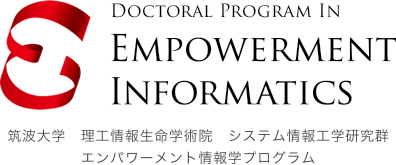ARS ELECTRONICA FESTIVAL 2015 出展報告
ARS ELECTRONICA FESTIVAL 2015 出展報告
2015年9月3日〜7日にかけて、オーストリア・リンツで開催されたARS ELECTRONICA FESTIVAL 2015に、エンパワーメント情報学プログラム(EMP)履修生5名(1年次 大図 岳さん、2年次 髙鳥 光さん、3年次 ERICH Floris Marc Ardenさん、CHACIN Aisen Carolinaさん、JAZBEC Masaさん )が出展しました。
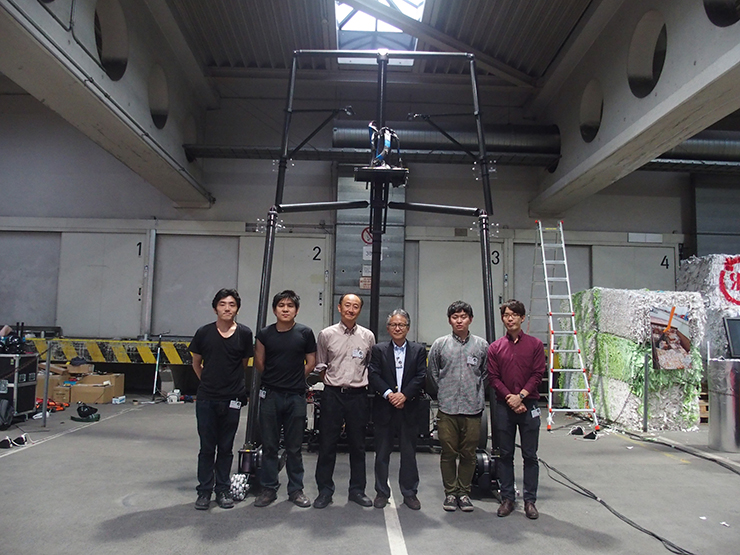
今回の出展では、それぞれの研究成果の出展に加え、授業「エンパワーメントプロジェクト研究」で学生が自主的にチームを組み、エンパワーメント・グローバルアライアンス拠点の一つであるArs Electronica Linz GmbHの一部門でR&Dとしての役割を持つArs Electronica Futurelabと共同でプロジェクトを実施した「LabX」での研究成果も出展し、メディアアートに関する多用な活動の成果を世界に向けて発表する機会となりました。
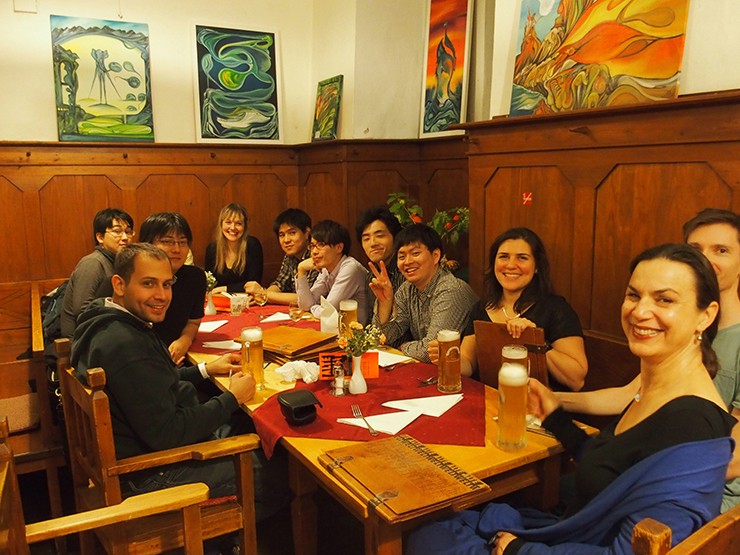
また、3年次 CHACIN Aisen Carolinaさんは、世界各地から公募によって選出された有望な若手クリエーターが発表・議論するFuture Innovators Summitのメンバーに選ばれ発表し、各国の若手クリエーターや、メディアアートの先駆者となるメンター達と世代を越えて議論を交わす貴重な機会となりました。
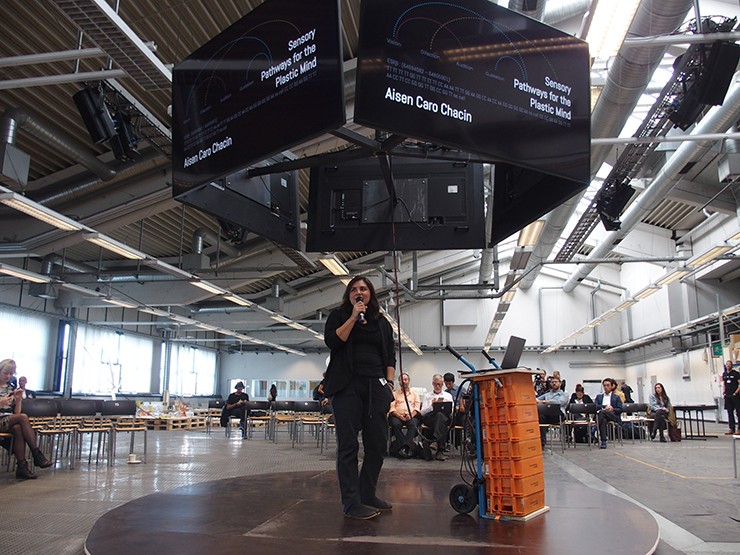

我々の出展作品は,Big Robot Mk1です。本作品の構成要素のうち、私は外装のAR提示部分を担当しています。Big Robot Mk1は世界一大きな搭乗操作型ロボットを目指し製作されました。搭乗者の歩行動作に合わせて前進し、その動作軌跡は5mの身長になったヒトの歩行軌跡と一致するよう制御されています。これにより、搭乗者は身長5mの巨人になって歩行する感覚を得ることができます。
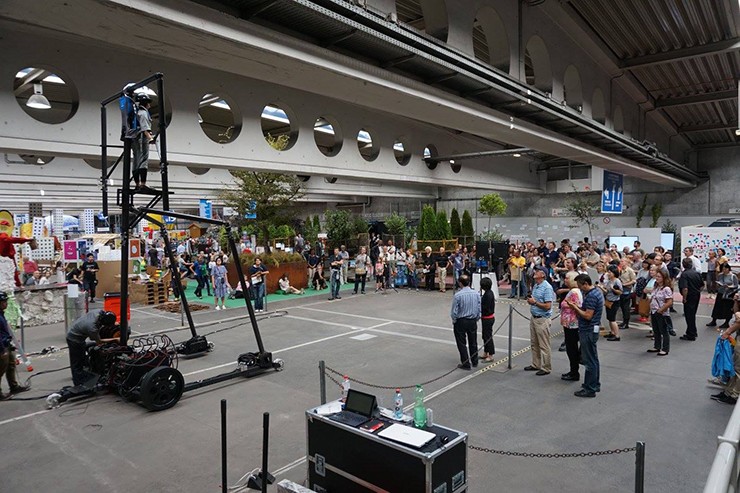
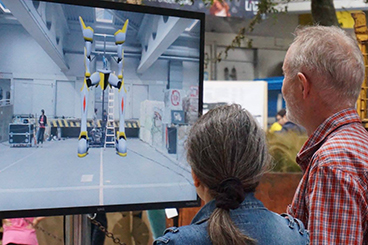
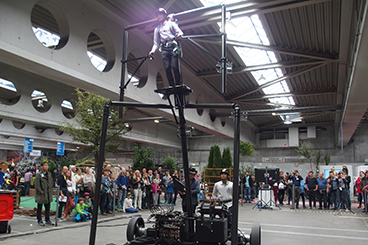
Big Robotは、まだ開発途上であったものを、5月にエンパワースタジオを訪れたFuturelabの小川秀明氏の要請で急遽展示を行うことになりました。そのため安全を考慮して動作速度、関節角度を制限し、限られた搭乗者によるデモとなりましたが、大きな破損もなく全日程を終えることができ安堵しています。今回は装置が大型であるために、荷ほどき組み上げ,および解体梱包作業に苦労しましたが、現地の会場設営チームにも協力をお願いしながら作業をすすめることで、問題なく運営を終えることができました。来場された方々の感想としては、こんな大きなものが動くのか!と、その迫力に感動する声が多く聞かれました。一方で、やはり装置に乗りたいと仰る方も多く、早期に一般の方にも体験していただけるデモを実現することが望まれていると感じました。
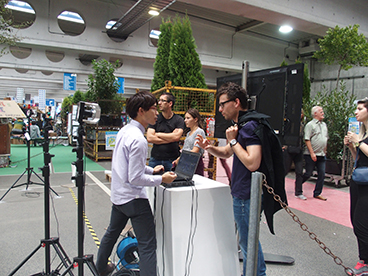

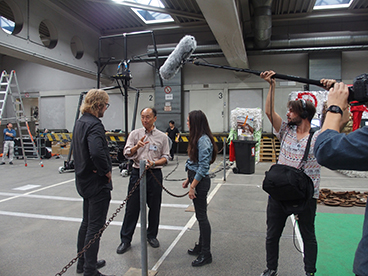
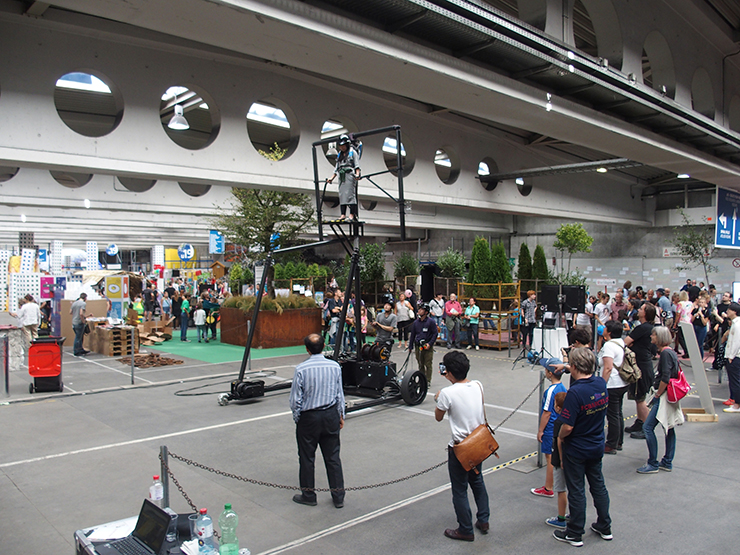
本装置に乗り、身体の大きさを物理的に変えてしまうことで、搭乗者の身体図式および身体像がどのように変化するのか、それによってどのような面白みを感じるのかを、今後の研究活動の中で明らかにしたいと考えています。
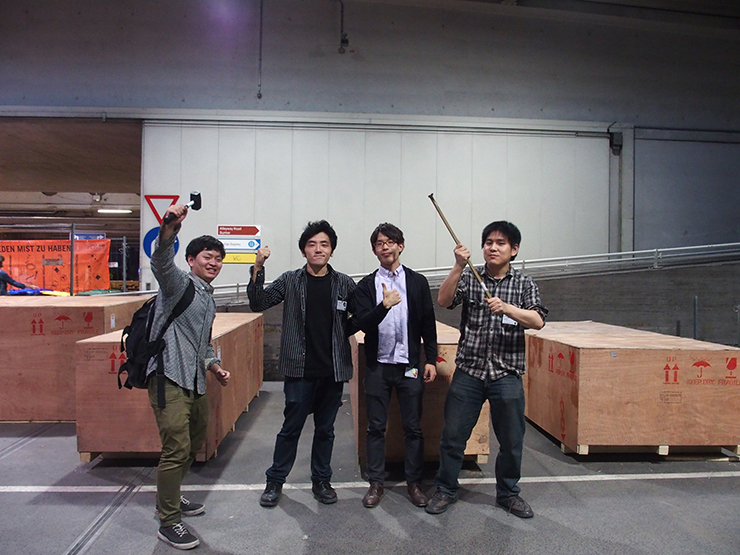

The Ars Electronica Festival is a large event that encompases various venues of the city of Linz in Austria. The festival consists of three parts the Prix, festival, and the Ars Electronica museum headquarters which hosts their normal exhibition, as well as some other programing that is directly related to the festival. This year’s festival venue was an old post sorting station, the building was a large warehouse with a few office rooms. The most characteristic aspect of the space was the postal sorting channels, spiral navy blue slides, almost seeming as a water park in the middle of an industrial complex. Curator, Hideaki Ogawa, who was also the Futurelab liaison for our LabX collaboration with the University of Tsukuba, created a surrealist experience. The slides were covered in hanging vines, surrounded by edible plants, and trees with their roots planted in jute sacks, making it feel as if these would be the farms of the future.
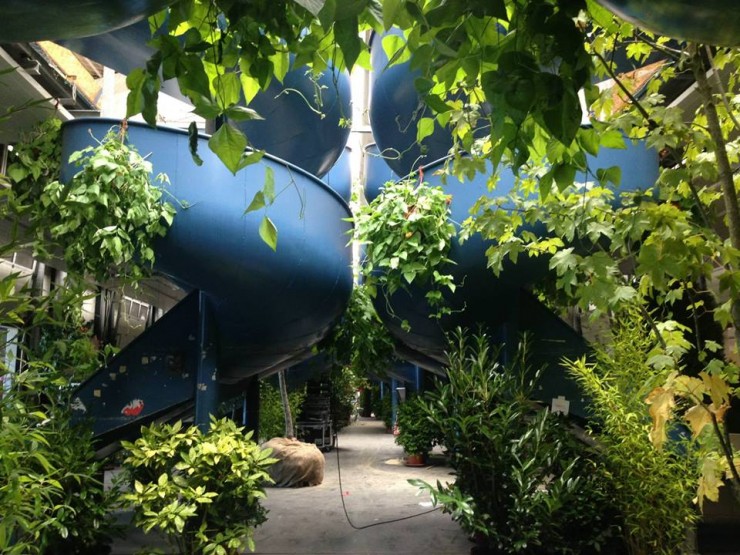
This area was called central park, and it divided one part of the exhibition in two. Behind the park one could find canvas huts and piles of rocks that housed screens attempting to allure at another kind of nomad living, the kind of living arrangements that current refugees have to live in now. The other side of the park was the Knowledge Capital, with a small stage carrying a hanging slogan in the background saying “Knowledge was invented in Osaka”. This area was surrounded by japanese artists and engineers, exhibiting robots and new interfaces for projections, such as fog and soap bubble screens. Passing through the Knowledge Capital corridor the viewers would find themselves in the Fashion District where the LabX projects were exhibited, IrukaTact in conjunction with the University of Tsukuba info area and a small room across for idMirror.

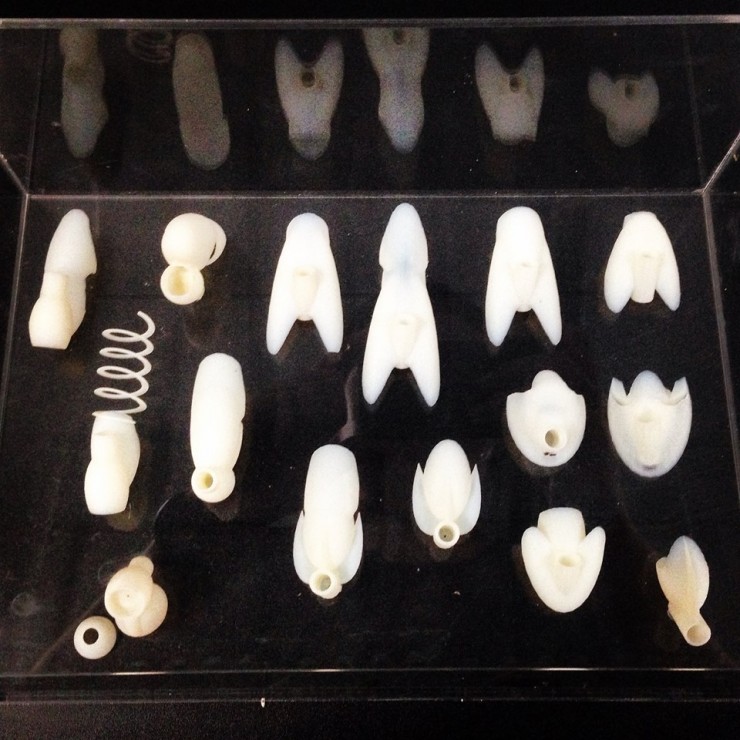
The IrukaTact exhibit displayed various acrylic boxes that showed the prototyping process in creating the glove. Across from the process boxes there was a video showing Oozu San wearing the glove in the pool and detailing in writing the functionality of the haptics and echolocation interaction. The IrukaTact glove was placed on its own pedestal and housed in an acrylic box. Although the glove was only shown for viewing we also had 3 demo tanks at the end of the room, where people could try some of the different designs that we made for the haptic actuation. Each demo tank had an ultrasonic rangefinder sensor and box with acrylic decoration alluding to the topography of a landscape and an LCD screen that would signal the users how far they were from the plane. Accompanying the sensors there was a display case with the type of finger tip, it’s explanation and a water tank. These tanks had holes where people could insert their finger into the 3d printed tips. Depending on their other hand’s distance to the plane they could feel the varying water pressure on their inserted finger.
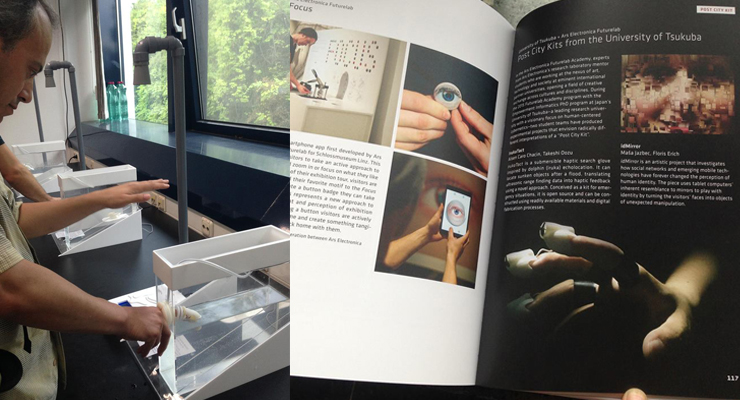
Unfortunately I was unable to stay at our exhibition to collect people’s reactions and get their feedback, but I did notice that we had some power issues making the waterjets virtually undetectable by some people. Some people did feel the varying pressure, and as for user testing purposes we realized that we needed to use the actual power source used on the glove given that they are much stronger, and more accurate for the actual purpose of testing the glove.
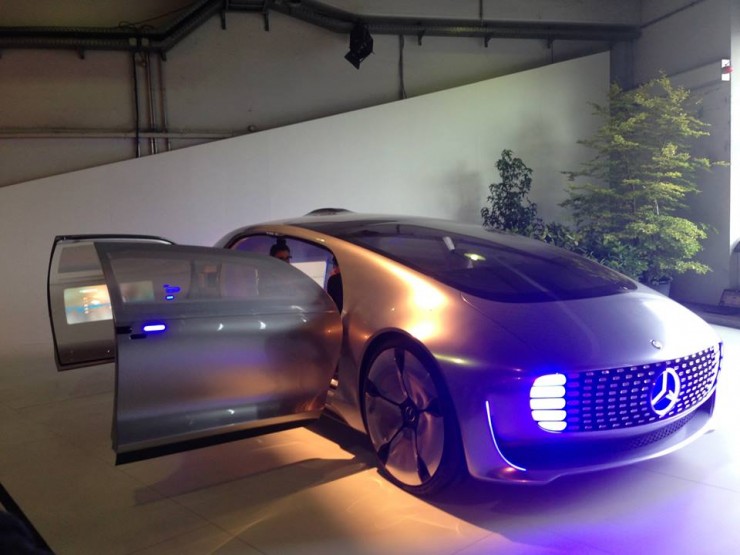
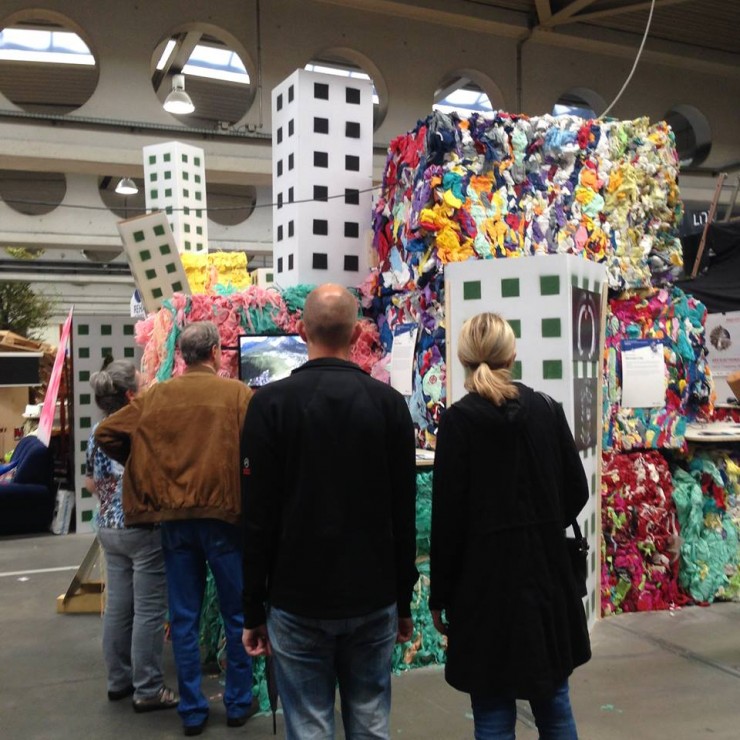
On another side of the warehouse where Iwata Sensei’s Big Robot was stationed there were stacks of compacted recyclables, solid cubes made of cans and scrap metal, other cubes were made of cardboard boxes, and towards the end of that large hall you could see the outline of city buildings made of cardboard cutouts. This festival had a feeling of dissonance, where some artists imagined the future to be a lost and revived postindustrial civilization, and others imagined the super slick future of technology connecting us without the need of centralization.
For example, this festival was also the place in which Mercedes Benz debuted their self-driving car, a collaboration with the Futurelab. The style of some of the robots and this vehicle were not anything like the recycled feel of the rest of the space, but this contrast made it very interesting for everyone to imagine their own Post-City future.
The Future Innovators Summit was a collection of experts selected by Hideaki Ogawa and the Japanese advertising firm Hakuhodo, a new collaboration called Future Catalysts. The summit was divided into various teams that had to discuss specific topics and create a “Post-City Kit”.
Teams met for an intensive four days of discussions and brainstorming sessions facilitated bythe experts of Hakuhodo. Our team was lead by Kyoko Someya, comprised of Lars Lütze (DE) a Development Engineer at Daimler AG and supports the management in the topic of User Interaction & Security; Hagar Elazari (IL) is an artist, a designer and an engineer. She designs Interactive light art; Adrian Dabrowski (AT) is PhD candidate at the University of Technology in Vienna and employed as researcher at SBA Research; Karl Pletschko (AT) is founder and CEO of Mopius. Mopius released the first version of the Nearspeak Software Development Kits (SDK); and me.
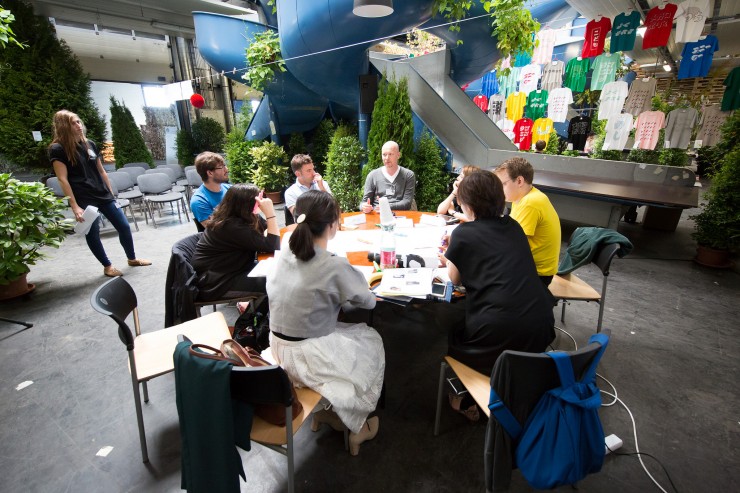
Our theme was “Future Citizens” and our main question was: “How smart does a city have to be before we are afraid of living in it?” This was a very difficult question because firstly we had to agree on the terms that were used; what is a smart city? And what can make us afraid of living in a city? These questions made us debate for hours, in trying to understand each other and hoping to come up with a consensus that would set us in the right direction to begin designing our kit. Our group mentor Hiroshi Ishii (JP/US) who is a Jerome B. Wiesner Professor of Media Arts and Sciences at the MIT Media Lab, came to inspect our progress and to guide our thinking. He also had trouble with our question, and thankfully had similar views to my own as far as the term “smart”. He thought that it was a bad question, and that the term smart doesn’t mean anything. It is not a very solid concept, and that we should design a kit that would allow a civilization to jumpstart after a catastrophic event occurred. After his guidance we went back to the drawing board and began rethinking what does a kit for a Future Citizen have to be. The afternoon came close to an end and our group did not have a clear idea yet, so we set out to meet again the next day.
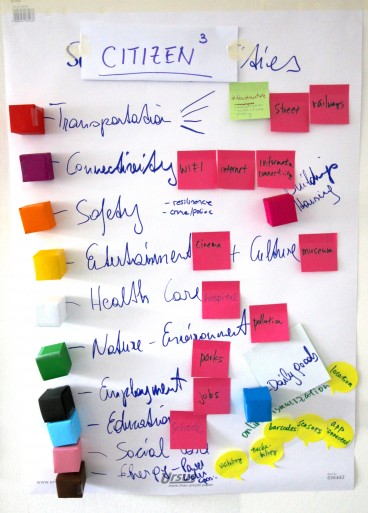
The next day Karl came up with an idea about cubes that would allow citizens to allocate public funds onto issues that they thought were the most important. Each citizen would have an allocation of cubes and move them between public services depending on their ideal distribution. Finally our team decided to go with this idea, but we created a hybrid execution for it. One recurring theme was how to gather people in the city when we are all so enthralled on our computers and virtual social groups. No one agreed that we should become more virtual in the future, but rather regroup the physicality of social contact. Plazas, as public areas for gathering were an inspiration for our cubes project. A participatory installation in the city center would allow people to vote with colored cubes, each color would represent a particular service, and their opinion on public spending could be visualized and altered by their own citizens in real-time. This gathering place would also serve as a catalyst that would spark conversations and discussions, as you could see someone voting for better transportation, or better healthcare, and perhaps have a similar view to your own, or one completely different. This project also had a virtual layer, where people could contribute via their mobile devices and tag areas in the city that needed specific care. Our project was named Citizen3 , Citizen-Centric City, “The building blocks for an engaged future society.” On the last day of the summit each team had presentations of their kits and you can find ours here: http://bit.ly/arscube
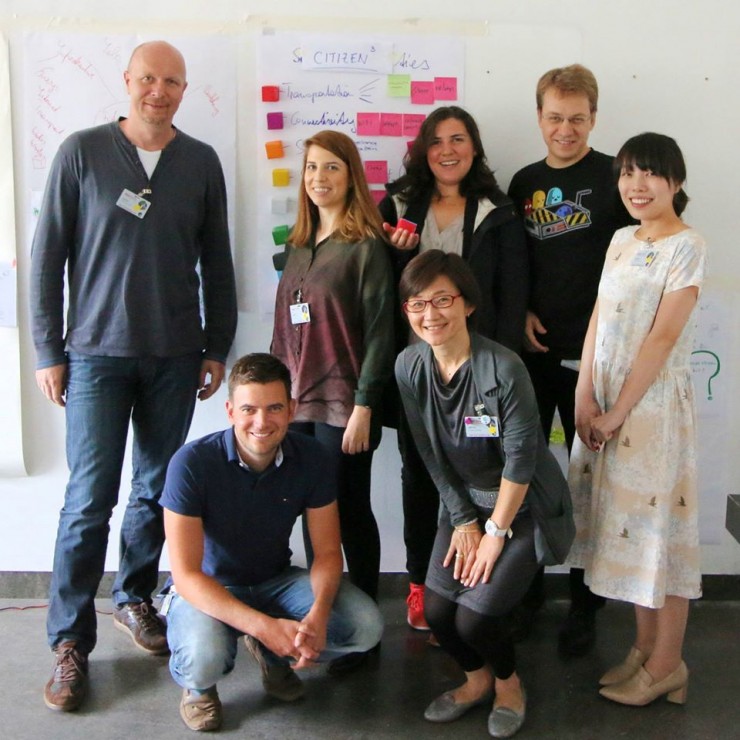
Here are some images of the summit: https://www.flickr.com/photos/arselectronica/sets/72157657723639458

Between the 3rd and 7th of September 2015 we participated at the Ars Electronica festival in Linz, Austria. Post City was the festival topic of this year. The festival was located at the former main building of the Austrian Post Office. I have to say that I was really impressed by its infrastructure. The festival topic and projects totally fitted into that location.
In the early May we started a LabX project; an academy project with the Ars Electronica Futurelab. The project included lectures of Mr. Hideaki Ogawa and Mr. Horst Hoertner from Futurelab and many meetings with project-development discussions with Mr. Peter Horst and Mr. Hideaki Ogawa. Project-development process was rather fruitful. Together with Mr. Floris Erich from Artificial Intelligence laboratory we created the idMirror project. In August our projects were finished, ready to be shown and demonstrated at the Ars Electronica festival 2015. The projects that we had created were part of the Post City Kit exhibition.
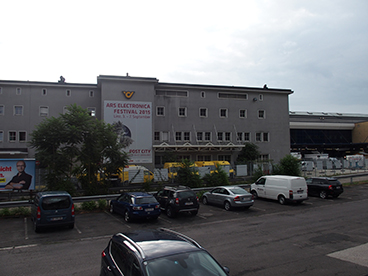
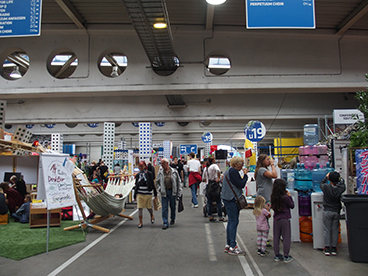
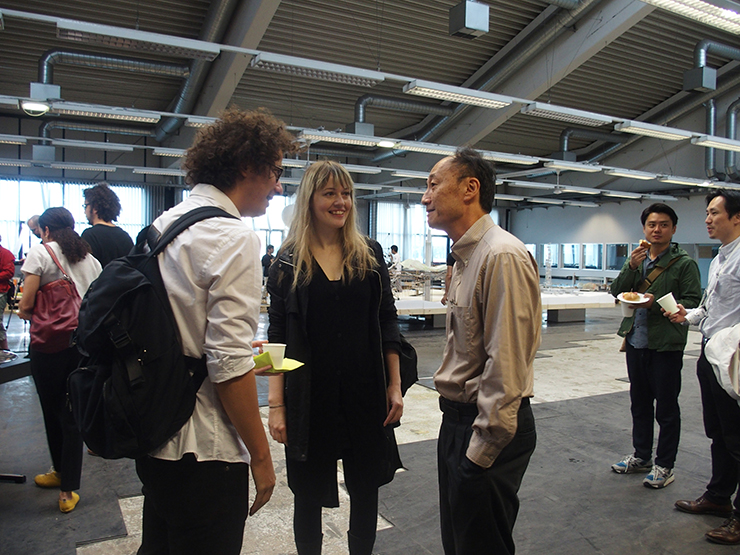
On the 3rd of September we installed the idMirror project in a small room at the Post City venue. The room was just perfect for the idMirror project requirements. We were able to show it in its fullness. In the five days of the festival there were many visitors who tried and experienced the idMirror installation; actually a lot more than we had expected. We received quite diverse responses from the visitors. For some it was a very playful experience and for the others a very thoughtful one. During the exhibition demonstrations we managed to collect a lot of data (images) of the visitors and got inspired to continue to work and research on the idMirror project.
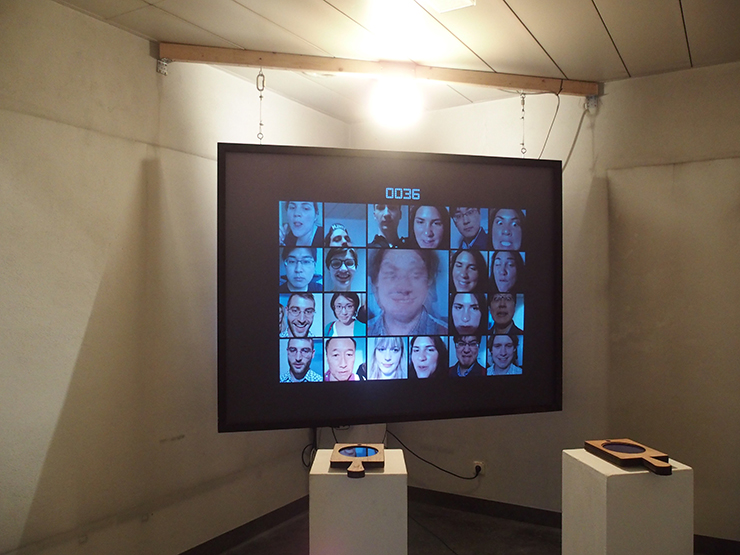
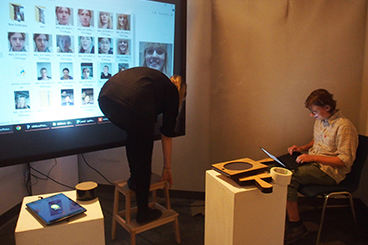
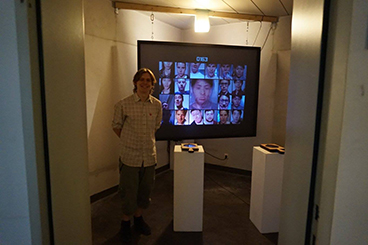
In addition to all the interesting festival program components, I would like to emphasize the importance of the exchange of contacts with other institutions and art curators for further collaborations.
Last but not least, the whole Ars Electronica experience was very inspiring.
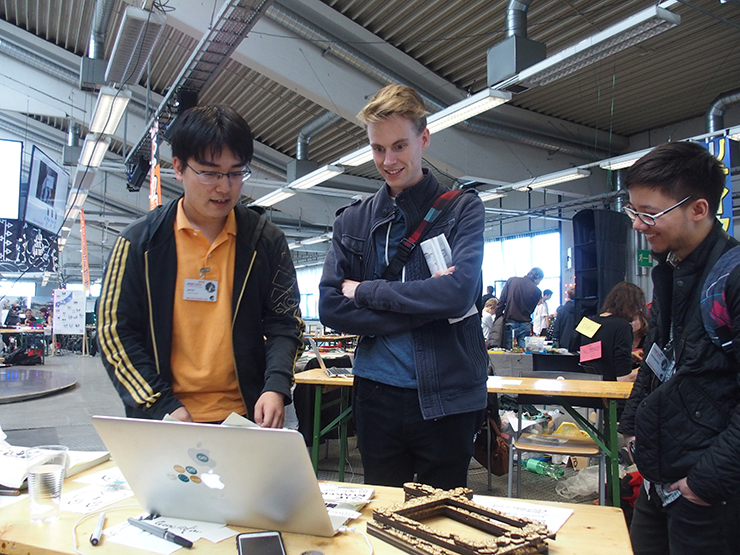
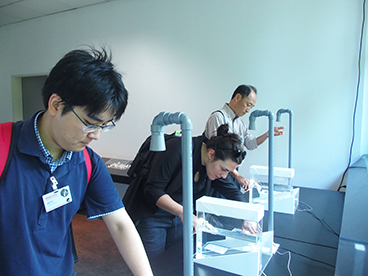
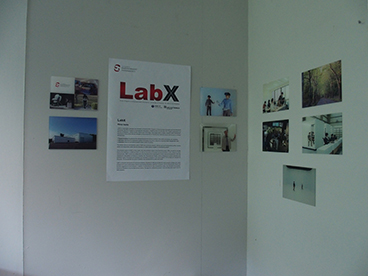
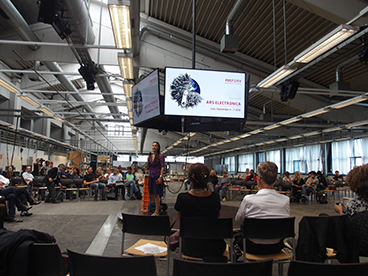
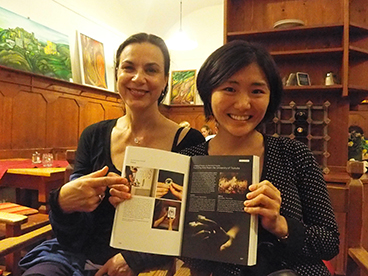
関連URL
ARS ELECTRONICA FESTIVAL 2015:http://www.aec.at/postcity/en/
ARS ELECTRONICA FUTURELAB:http://www.aec.at/futurelab/en/referenzen/alle-jahre/2015/tsukuba2015/
Aisen Caro Chacin HP(Iruka Tact紹介ページ):http://www.aisencaro.com/iruka.html
Masa JAZBEC HP(idMirror紹介ページ):http://www.masajazbec.si/?p=408


